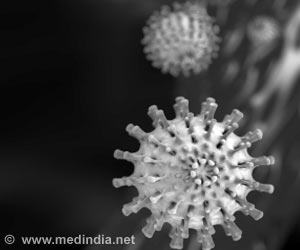New insight into Hippocampal Scelrosis of Aging (HS-A), a common disease affecting the elderly, was provided in a genome-wide association study (GWAS).

Dr. Nelson and his team found that small changes in the ABCC9 gene -- also known as Sulfonylurea Receptor 2 -- strongly paralleled the incidence of HS-Aging. Further statistical analysis demonstrated a link between the use of sulfonylurea, a medication commonly used to treat diabetes, and an increased risk for HS-A.
"This is the first genome-wide association study of its kind, and it has terrific statistical power," Dr. Nelson said. "While certainly there's a lot more work to be done to confirm the drug-disease interaction, this study nonetheless describes a novel dementia risk factor."
GWAS studies are a relatively new way to explore the linkage between any disease and the genetic factors that may contribute to them. Using the DNA of similar people with the target disease and without, millions of genetic variants are read and analyzed in an attempt to mark a region of the human genome that influences the risk of the target disease. In contrast to methods which specifically test one or a few genetic regions, the GWA studies investigate the entire genome.
"This work confirms that the problems that occur in the brains of the elderly are complicated -- but until we delve deeper into that complexity, we will be frustrated in our goal of finding new cures for these horrible diseases," Dr. Nelson said. "If further research confirms the genetic link we have identified in this study, it might inform new strategies to search for cures."
The Sanders-Brown Center on Aging is a worldwide leader in research on HS-A, a condition that affects up to 15% of individuals over age 85. Its symptoms are so similar to those of Alzheimer's disease that patients are often misdiagnosed with the latter. Currently, the only way to confirm a diagnosis of HS-A is by autopsy.
Advertisement
Source-Eurekalert









